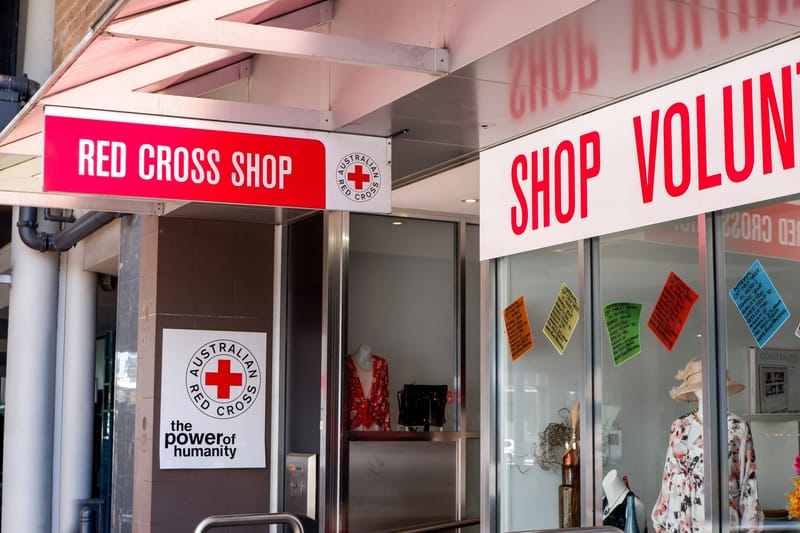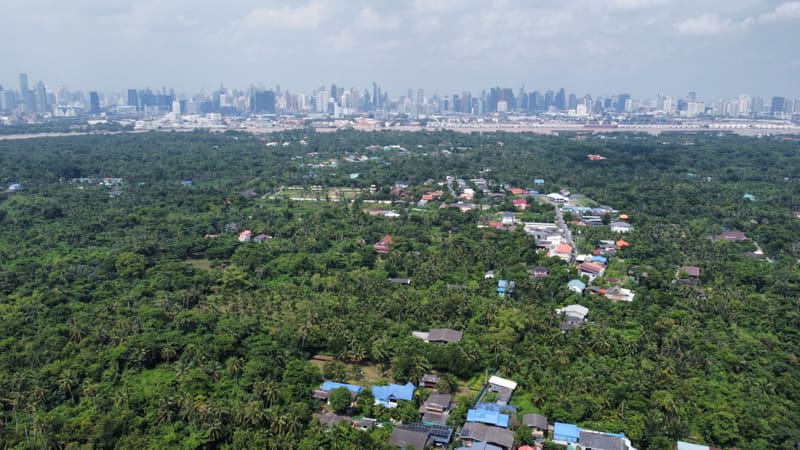
When Paul Barton takes other Monash alumni around the University’s Clayton campus, he likes to swing past two icons: the statue of Sir John Monash and, behind the sculpture, the towering Menzies Building. Both provoke memories, anecdotes and – in the case of the building – some strong opinions.
As director of business support, Buildings and Property, Barton has worked at the University for 17 years, having previously been a student (Bachelor of Science 1986-88). Now, two of his children have studied at the University (one is now overseas) and so he gets a “very live update” on how the Clayton campus works.
That’s crucial information for a man whose broad purview, with a focus on sustainability, means he needs to know every nook of Monash.
When alumni visit, Barton tends to show off the latest additions, such as the New Horizons Research Centre and the Green Chemical Futures building, because they epitomise innovative research and sustainability practice.
But it’s the Menzies Building, named after Australia’s longest serving prime minister, for which he reserves a special “reveal” for visitors. He recalls the single-lane escalators that used to wend their way from top to bottom, creating a constant groaning sound that resonated through the building.
It is great to juxtapose that new architecture with something like the Menzies Building, this iconic 1960s building which is so striking on the landscape.
Now, the interior is surprisingly airy and light, with the escalators painstakingly removed, their former habitat becoming atriums.
This landmark building, now surrounded by many stunning examples of contemporary architecture, will soon be upstaged somewhat by the colourful new Learning and Teaching Building facing Wellington Road. It will be every visitor’s visual introduction to the campus.
“It’s great to juxtapose that new architecture with something like the Menzies Building, this iconic 1960s building that is so striking on the landscape,” Barton says.

When Barton studied for his degree in the 1980s, the architecture and landscaping on the campus were hardly anything to boast about, though he did admire the Australian indigenous plantings – a theme that has evolved into the beautiful green spaces that now intertwine the many new buildings.
“This all centres on the agreed master plan, a 30-year blueprint setting the principles for the direction of the campus.”
Barton’s interest in sustainability has dovetailed nicely with his Monash career, during which he’s grasped many opportunities. He worked in occupational health and safety from 1999, then as director of operations, Human Resources (2001-07). In 2007, he was given the role of spearheading sustainability for the University, moving into the Buildings and Property division.
The sustainability measures he’s introduced extend across the range of carbon-reducing practices, from fundamental energy-saving to using solar panels and harvesting rainwater from the many roofs, to recycling furniture and – crucially – encouraging better transport options for the thousands of students.

“The new bus interchange is really transforming the experience to make it contemporary, along with the new, highly successful bike-arrival station.” (Another such station is under way.)
Looking to the future, Barton says his aim is to push the University’s status as an environmentally sustainable campus, the greenest university in the country.
“We have significant plans to keep that process going, reducing our carbon and our use of potable water,” he says. “We are doing that to demonstrate to the broader community what can be done, to demonstrate to the 70,000 students who come through what the sustainable future looks like. That message, through our built environments, is extremely important.”






